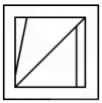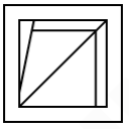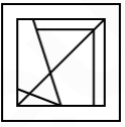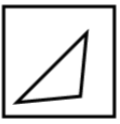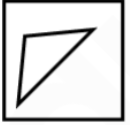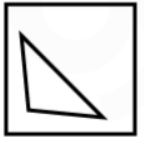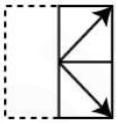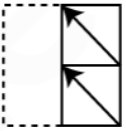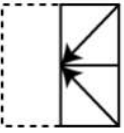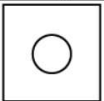Non Verbal Reasoning Practice Question and Answer
8 Q: Identify the number that does not belong to the following series.
2, 9, 28, 64, 126, 217, 344, 513
1787 060f66d983ca0726dff2fa122
60f66d983ca0726dff2fa1222, 9, 28, 64, 126, 217, 344, 513
- 128false
- 2513false
- 3344false
- 464true
- Show AnswerHide Answer
- Workspace
- SingleChoice
Answer : 4. "64"
Q: Choose the option figure in which the problem figure is hidden/embedded.
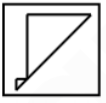
1499 160f66c255ae2256f5e79ccac
60f66c255ae2256f5e79ccac
- 1false
- 2true
- 3false
- 4false
- Show AnswerHide Answer
- Workspace
- SingleChoice
Answer : 2. "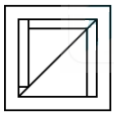
"

Q: Select the option figure which when placed in the blank space of the problem figure would complete the pattern.
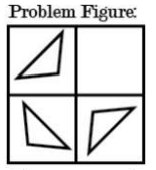
1445 060f575bebeae844656705cdb
60f575bebeae844656705cdb
- 1true
- 2false
- 3false
- 4false
- Show AnswerHide Answer
- Workspace
- SingleChoice
Answer : 1. "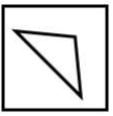
"

Q: A square transparent sheet with A. pattern is given. Select from among the four alternatives how the pattern would appear when the transparent sheet is folded at the dotted line.
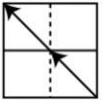
1775 460f56f6bef8c4b405ca2b19a
60f56f6bef8c4b405ca2b19a
- 1false
- 2false
- 3true
- 4false
- Show AnswerHide Answer
- Workspace
- SingleChoice
Answer : 3. "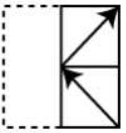
"

Q: Select the figure that will come next in the following series.

2142 160f56d7fbeae844656704dbf
60f56d7fbeae844656704dbf
- 1false
- 2false
- 3false
- 4true
- Show AnswerHide Answer
- Workspace
- SingleChoice
Answer : 4. "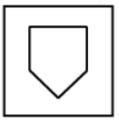
"

Q: When two dice are thrown simultaneously, what is the probability that the sum of the two numbers that turn up is less than 12? 2444 05b5cc5ffe4d2b4197774b427
5b5cc5ffe4d2b4197774b427- 135/36true
- 217/36false
- 315/36false
- 41/36false
- Show AnswerHide Answer
- Workspace
- SingleChoice
Answer : 1. "35/36"
Explanation :
Answer: A) 35/36 Explanation: When two dice are thrown simultaneously, the probability is n(S) = 6x6 = 36 Required, the sum of the two numbers that turn up is less than 12 That can be done as n(E) = { (1,1), (1,2), (1,3), (1,4), (1,5), (1,6)(2,1), (2,2), (2,3), (2,4), (2,5), (2,6)(3,1), (3,2), (3,3), (3,4), (3,5), (3,6)(4,1), (4,2), (4,3), (4,4), (4,5), (4,6)(5,1), (5,2), (5,3), (5,4), (5,5), (5,6)(6,1), (6,2), (6,3), (6,4), (6,5) } = 35 Hence, required probability = n(E)/n(S) = 35/36.
Q: How many squares in the figure?
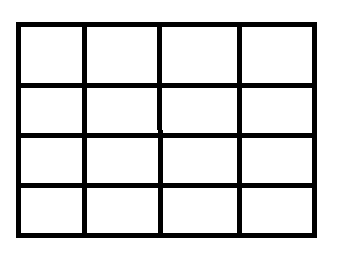
3673 15d2c36bf2bb9b81db4a97da5
5d2c36bf2bb9b81db4a97da5
- 116false
- 217false
- 326false
- 430true
- Show AnswerHide Answer
- Workspace
- SingleChoice
Answer : 4. "30"
Explanation :
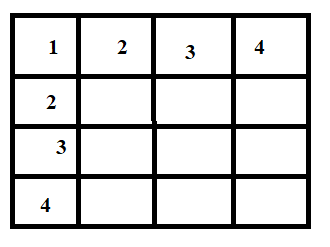 The total squares is in the give figure is 12+22+32+42=30
The total squares is in the give figure is 12+22+32+42=30
Q: Which of the following answer figure will complete the given figure?
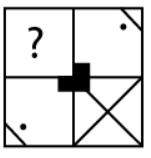
1548 160be016267d64471cb7b8876
60be016267d64471cb7b8876
- 1true
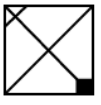
- 2false
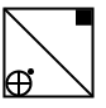
- 3false
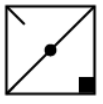
- 4false
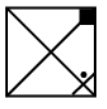
- Show AnswerHide Answer
- Workspace
- SingleChoice
Answer : 1. "
"



